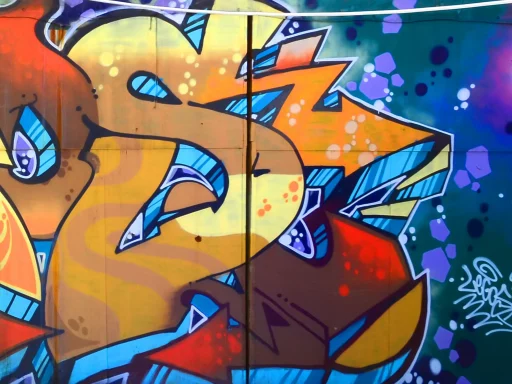Introduction to Hashtags
In the era of digital communication, hashtags have become ubiquitous in texting, social media, and online interactions. Initially created to categorize information on platforms like Twitter, hashtags have transcended their original purpose and are now a significant part of our everyday language. But what does a hashtag mean in texting, and why has it become so essential? This article delves into the origins, significance, and examples of hashtags in texting.
The Origin of the Hashtag
The term “hashtag” is derived from the combination of the “hash” symbol (#) and the word “tag.” The hashtag symbol was widely adopted on Twitter in 2007 when Chris Messina proposed its use to group related tweets. Since then, hashtags have spread to other social media platforms like Instagram, Facebook, and TikTok, evolving into a tool for connection, engagement, and expression.
What Does a Hashtag Do?
Essentially, a hashtag serves as a metadata tag that enables users to search for content related to specific topics. When a hashtag is used in a text or post, it becomes clickable, allowing others to see all the content tagged with that specific hashtag. For example, if someone types #Travel, other users can click it and promptly access a feed of all posts labeled with #Travel.
Why Are Hashtags Important in Texting?
- Organization: Hashtags help organize content for easier navigation.
- Engagement: Using trending hashtags can boost visibility and encourage engagement.
- Messaging: Hashtags can convey tone or context, making messages more expressive.
- Community Building: They help create and define communities around shared interests.
Examples of Hashtag Usage in Texting
Hashtags can be used in numerous ways in texting, reflecting trends, emotions, or topics. Here are some examples:
- Promotional: “Join our webinar this Friday! #Webinar2023” – Helps to promote an event.
- Awareness: “Remembering those we lost. #WorldCancerDay” – Raises awareness about an important issue.
- Entertainment: “Caught the new episode last night! #GameOfThrones” – Engages fellow fans in discussions.
- Personal: “Had an amazing birthday celebration! #FeelingBlessed” – Shares personal experiences and invites connections.
Case Study: The Impact of Hashtags in Marketing
Brands have leveraged hashtags effectively in digital marketing campaigns to engage customers and promote their products. For example, Coca-Cola’s #ShareaCoke campaign encouraged consumers to share pictures of bottles with their names on them. The campaign generated over 500,000 personalized bottles and a significant increase in sales, demonstrating how effective hashtags can be in fostering brand loyalty and customer interaction.
Statistics on Hashtag Usage
The significance of hashtags in digital communication can be gauged by various statistics:
- Research by HubSpot: Tweets with hashtags receive 33% more engagement than those without.
- Instagram Insights: Posts with at least one hashtag generate 12.6% more engagement than those without.
- Hashtags.org: Over 50% of Twitter users regularly engage with hashtags.
- Sprout Social: 70% of marketers believe that hashtags have aided in increasing brand awareness.
Best Practices for Using Hashtags
To maximize the impact of hashtags while texting or posting online, consider the following best practices:
- Keep It Short: Short and memorable hashtags are usually more effective.
- Stay Relevant: Use hashtags that are relevant to your content or audience.
- Limit Your Usage: Overusing hashtags can make your message cluttered; 1-3 hashtags are generally recommended.
- Use Trending Hashtags: Incorporating trending hashtags can enhance visibility and engagement.
Conclusion
In conclusion, hashtags have transformed the landscape of digital communication, significantly impacting the way we connect, engage, and share content. Whether you’re texting friends, promoting a brand, or raising awareness for a cause, understanding how to incorporate hashtags effectively can enhance your message and broaden your audience.






